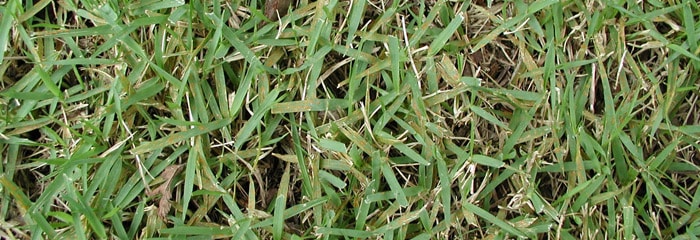Our technicians help identify and treat lawn diseases, like: brown patch, dollar spot, fairy ring, gray leaf spot fungus, rust, powdery mildew and spring dead spot.

We understand that trust is grown through the results we deliver.
Our technicians help identify and treat lawn diseases, like: brown patch, dollar spot, fairy ring, gray leaf spot fungus, rust, powdery mildew and spring dead spot.
It’s never been easier to have a beautiful lawn. Call today to lock in your savings and get two FREE applications. But time is running out!
Monday – Friday: 7:00AM to 7:00pm CST
Saturday: 8:00am to 5:00pm CST
Saturday: 12:00pm to 4:00pm CST
Opt into our text messaging platform to begin your program and schedule with us today!
Lawn rust is a fungal disease that occurs on turf grasses (most commonly on bluegrass, fescue, ryegrass, and zoysiagrass). Rust disease can weaken the vigor of the grass and open it to other diseases and turf problems. The lawn treatment service professionals at Fairway Lawns can help treat lawn rust disease and get your grass looking green and lush once more! Contact us today!
Rust disease is quite easy to spot—affected lawns resemble an orangey-rust color, hence the name. If your lawn is infected with rust disease, you will see tiny orange to reddish-brown flecks on grass blades. As the disease progresses, those flecks enlarge to form raised pustules that release yellow-orange powdery dust that sticks to everything and may stain shoes, clothes, etc.
However, lawn rust disease is not just a cosmetic issue. When a rust disease outbreak is especially severe, affected patches of the lawn turn orange or reddish in color and become thin and weak.
Too much or too little nitrogen can both cause problems. Lawns that have too low nitrogen are at risk for developing rust disease so proper fertilization is key.
When you cut off the top layer of rust fungus, it allows the remaining grass to get proper air circulation. Be sure not to cut too low and you should mow with a grass catcher or remove the leftover clippings.
Regular watering and watering in the mornings both help discourage further lawn rust growth. This will assist your grass to grow quickly and will give it time to dry out during the day. Irrigating your lawn, especially during drought conditions, is crucial but do not overwater.
For particularly bad outbreaks of rust disease, a fungicide may be necessary for control. Our expert lawn technicians can inspect your grass and determine if a fungicide treatment plan is necessary.
If your lawn is suffering from rust disease, contact the lawn disease treatment experts at Fairway Lawns to get your yard healthy once more!
Contact Us